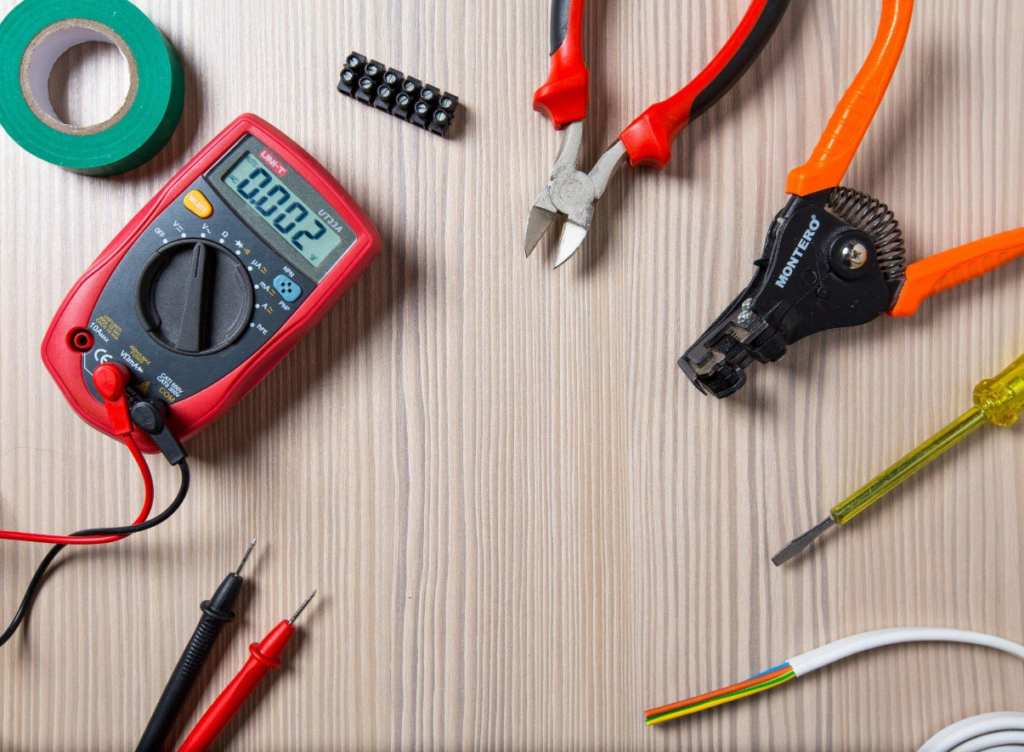Tired of making mistakes when AC/DC Current Measurement ? Want to get accurate results every time? This post will help you avoid errors and become great at measuring current.
You’ll learn why calibration matters and how to deal with outside factors that can affect your results. We’ll also clear up common misunderstandings about AC/DC measurement.
This post is perfect for anyone who wants to master current measurement and get precise readings. Let’s dive in and start learning!
1. Ignoring Equipment Specifications
Every piece of measurement equipment comes with its own specifications regarding the types of currents it can measure. For instance, some devices are designed solely for AC measurement, while others are specific to DC. Using the wrong device not only yields erroneous readings, but it could lead to potential damage of the equipment.
To ensure precise current measurement, always check the specifications of your measuring devices. Look for details such as the following:
- maximum current rating
- frequency response for AC devices
- and the type of current the device can measure
It’s essential to select a power analyzer that suits your specific measurement needs.
2. Failing to Calibrate Equipment Regularly
Calibration is essential for any measuring instrument. Over time, factors such as temperature changes and usage can affect the accuracy of your equipment. Failing to calibrate your devices can lead to significant discrepancies in current measurement, which can impact the following:
- performance
- and safety
To avoid this mistake, establish a regular calibration schedule for your measuring instruments. This should include checking the calibration settings against a standard reference to ensure accuracy.
Keeping your equipment well-calibrated can save you time and reduce costly errors in your current measurements. For those serious about precision, investing in quality power analyzers is essential. Take these steps today to avoid costly errors and enhance your measurement practices!
3. Misunderstanding Measurement Technique
The technique used for measuring current can significantly affect the results. For example, in the case of clamp meters, it’s vital to position the clamp correctly around the conductor. Misalignment can result in a false reading, which can lead to misguided actions regarding system safety or performance.
When using a clamp meter, take the time to ensure proper positioning and make sure that only one conductor is included in the measurement to avoid errors from mutual inductance. Understanding the correct techniques for using measuring devices is crucial for effective current measurement.
4. Not Accounting for Environmental Factors
Environmental conditions such as temperature and humidity can influence current measurement significantly. High temperatures can affect the resistance in cables, resulting in distorted readings. Similarly, extreme humidity can lead to corrosion and potential short circuits.
To mitigate these risks, always take note of the operating environment where measurements are taken. Use measuring devices that are rated for the environmental conditions of your workspace.
Also, consider implementing protective measures, such as using waterproof casings when necessary. Being aware of your surroundings can greatly improve the accuracy of your current measurements.
Common AC/DC Current Measurement Mistakes and Solutions
Avoiding common mistakes in AC/DC current measurement is crucial for accurate and reliable results. By understanding the causes and taking preventive measures, such as proper instrument calibration and technique, these errors can be minimized or even eliminated.
So, make sure to apply these tips in your next measurement and attain precise data. Don’t let simple mistakes jeopardize your results, implement these strategies today!
Looking for more tips and advice? You’re in the right place! Make sure to bookmark our page and come back to check out more interesting articles.







